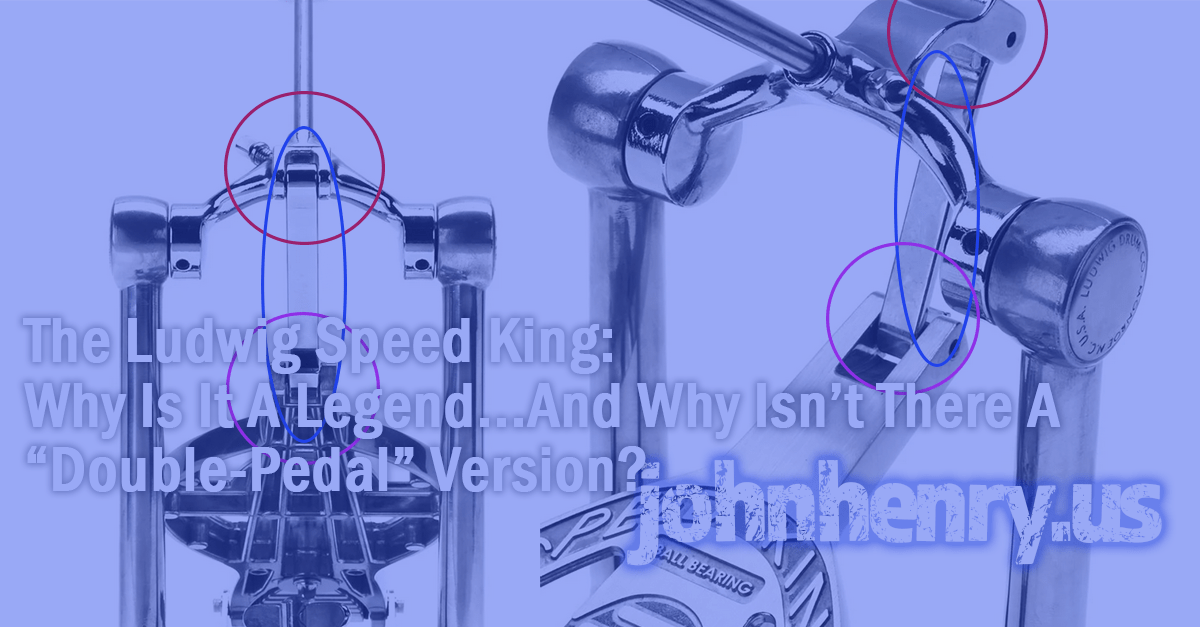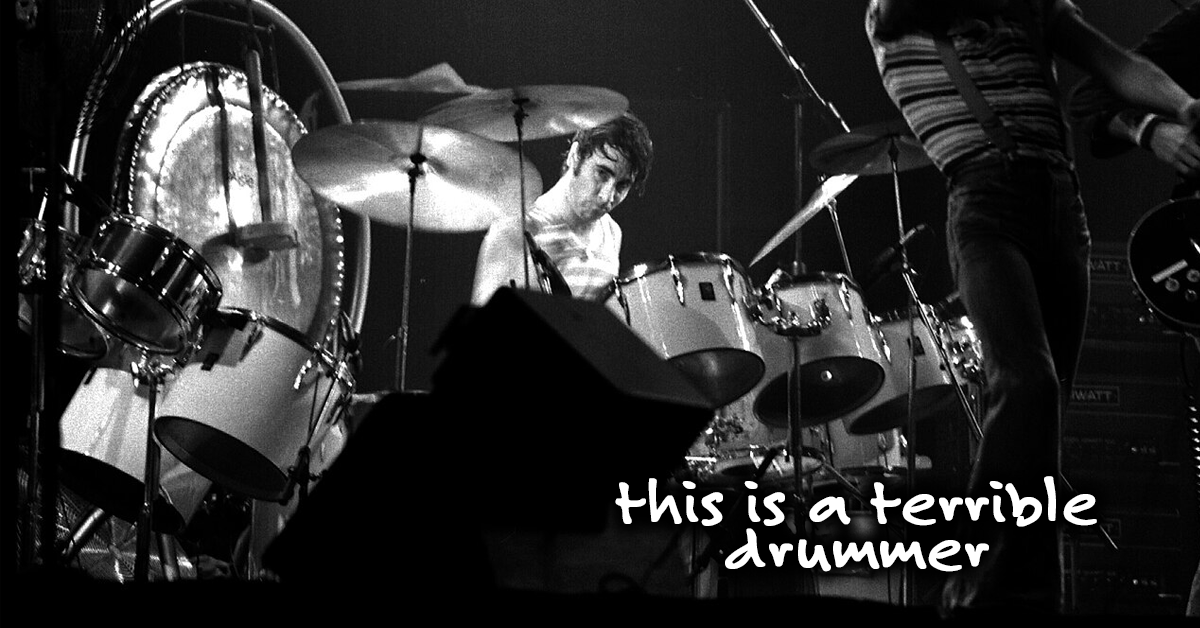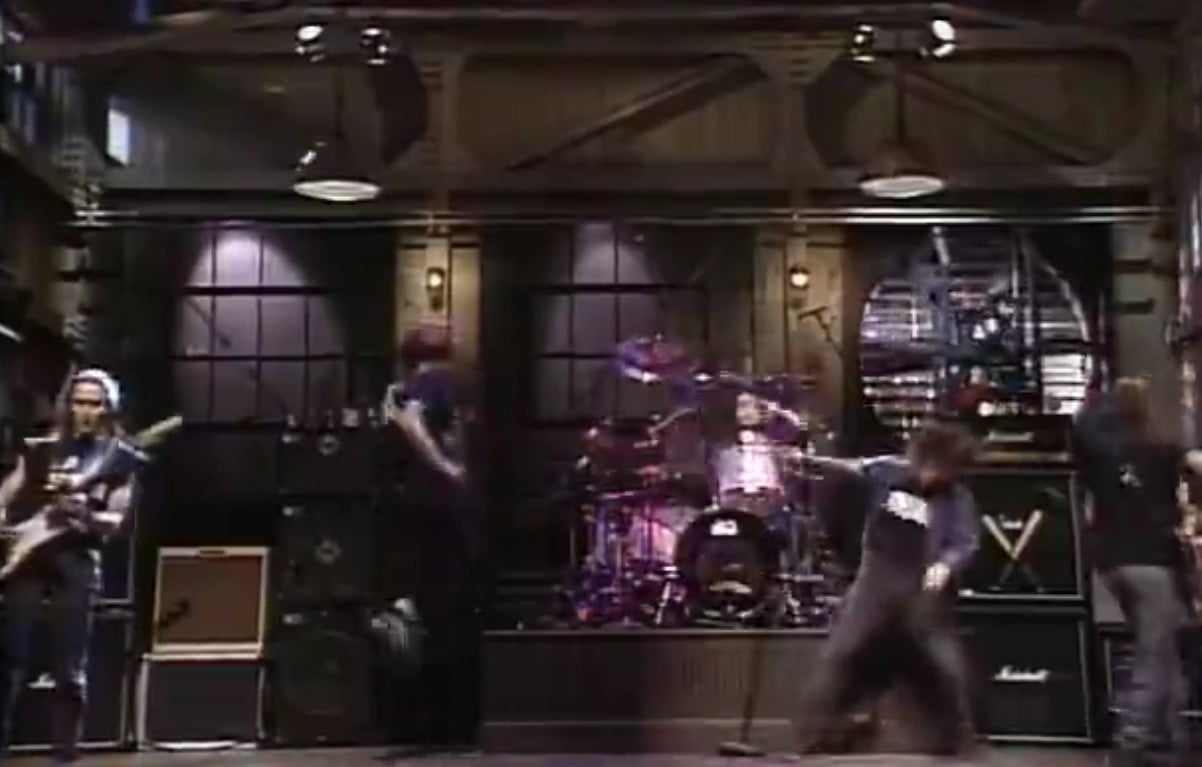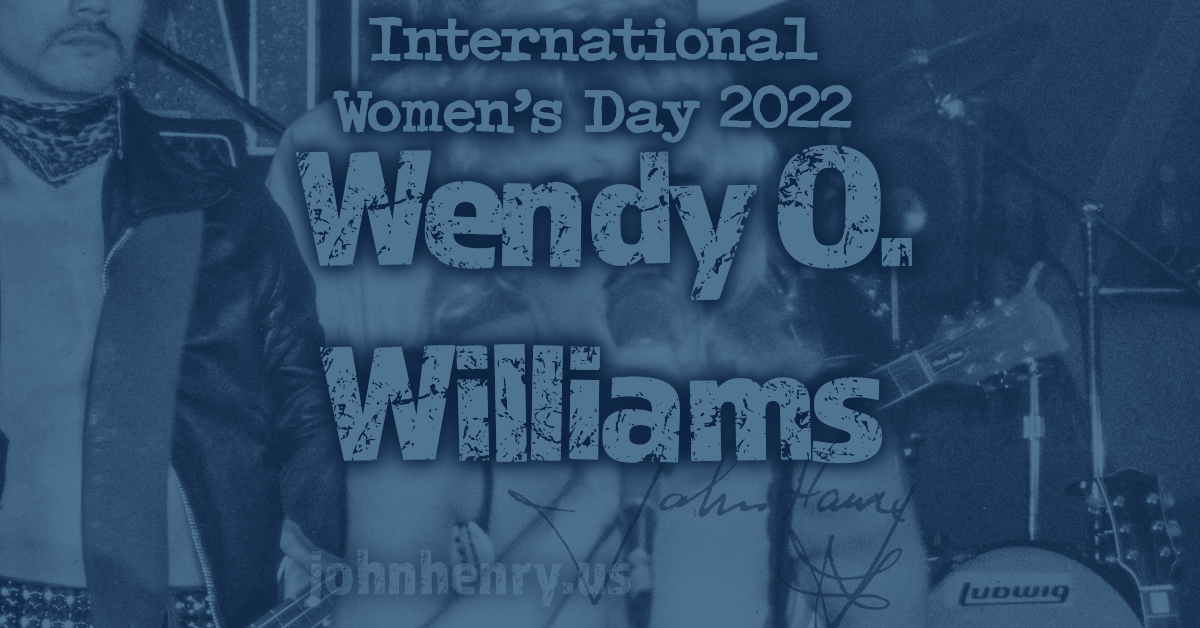[Edit, Feb ’24: Pearl have released a very interesting take on this concept, which you can find at https://www.musiciansfriend.com/accessories/pearl-eliminator-demon-drive-double-pedal and https://www.musiciansfriend.com/accessories/pearl-p3502d-demon-xr-direct-drive-double-bass-drum-pedal. Both of these are “direct drive” pedals, and both were – in an interesting bit of synchronicity – released around the same time I was writing this article – closely enough that I didn’t know about them yet, but also hadn’t been watching closely and frankly didn’t think to look, as it’s long been a closed case in drums.
I’ll update this a bit more when the site rebuild is done.]
For my regular audience this article’s a bit of a departure from norm (and is probably the sort of thing I should’ve been doing more of when I was working at Musician’s Friend in the late 2010s!), but we’re going to take a look at a legendary bit of music equipment and its list of idiosyncrasies, and then explore the ultimate question: why has there never been a double Speed King pedal?
For drummers that question will make sense and most of them will probably know the answer instinctively, but it’s an interesting set of observations, an interesting (and unsolved) engineering problem, and a fun bit of music history that I’m very well acquainted with as my first bass drum pedal was a Speed King, and I played it for about a decade as I was coming up. Very familiar with it, and it’s such a unique bit of work that its little tricks and trials tend to stay with you. (Note the navigation, it’s a multi-page article.)
It’s worth pointing out that double-bass drumming by no means started with early thrash metal. There were many jazz drummers who used them even mid-century, for instance. While it’s certain there were others who experimented along the way, it’s generally taken as canon that the first “real” double-bass drum kit was designed by Louie Bellson in 1939, and he had a hard time even getting somebody to build one intentionally that way – Gretch finally did it.
You can see Bellson here on the left in this 1968 clip from Johnny Carson’s “Tonight Show” (Carson was actually a pretty decent jazz drummer as well, although I’m not aware that he ever did it for a living), and if you listen you can hear him start in on the double bass riffs about a minute and twenty seconds into this amazing drum duo piece with Bellson and the legendary Buddy Rich.
As proto-metal started coming up in the late 60’s you saw folks like Ginger Baker from Cream start making them pretty popular (the outro to “White Room” is generally understood as the first really notable use of double bass in rock), and double bass drumming began breaking forward in rock into the 70s as Keith Moon from The Who, then Carmine Appice in the US (Vanilla Fudge), then folks like Tommy Aldridge from Black Oak Arkansas, Neil Peart from Rush, Chester Thompson (various) and Terry Bozzio (Frank Zappa) really started pushing the boundaries of what you could do with that extra drum.
This brings us to my own beginnings as a drummer at age 8 in 1978. I started off more in what you’d likely call the “classic rock” space. At that age I was just barely old enough to have started developing my own musical tastes, and the day I started playing my favorite band was the Beach Boys. The person who started me – an older relative – did a lot of cover band work in bars, so early on I was exposed to a lot of things like Lynyrd Skynrd, Zeppelin, Sabbath, Steely Dan, Peter Frampton, Bay City Rollers, Badfinger, Hendrix, and so on.
As a hard rock and metal drummer coming up then, I watched the double bass pedal quickly go from rare to requirement around…oh, I’ll say between 82 and 88 or so. In 1982 most double bass drummers were still using two drums, but it was definitely getting to the point where maybe 20 or 25% of the working players in bar and garage bands playing hard rock were using double bass. By 1988 probably 95% of rock drummers were playing double bass (or at least had one for looks!), and half of them were doing it on one drum.
Today it’s a very rare drummer in rock who doesn’t at least have a double bass pedal they use to practice with, even if they never use it in performance…but it’s far more rare to see anyone short of a nationally known club-level act or nostalgia act with two bass drums.

There are various ways to engineer the basic setup, but they all rely on the mechanics of that camshaft turning when you push down on the pedal, rotating the shaft around it’s center axis “forward.” As you can see in the above photo, the two pedals are connected via an adjustable linkage bar between them, with universal joints on each end that connect to the spindle of the camshafts. The primary pedal then has two mallets, and the camshaft will be designed with a bushing, or a split, or similar mechanism allowing the two mallets to be controlled independently, one with each pedal. So if I step down on the left pedal, the left mallet goes forward and the right stays still, and vice-versa. Magic! I’ve now turned my single bass drum into a double bass, without adding another drum!













